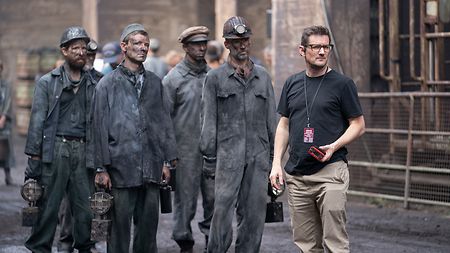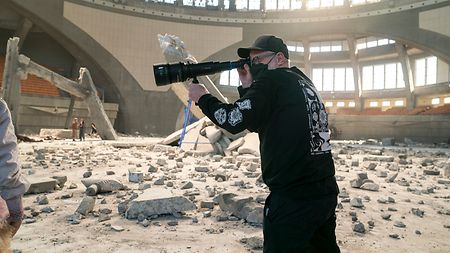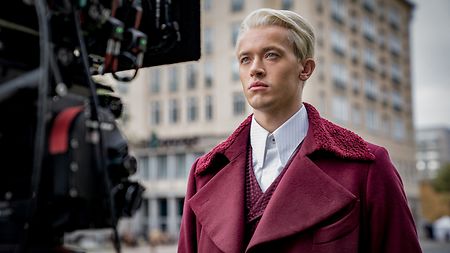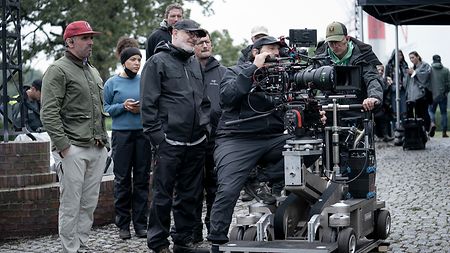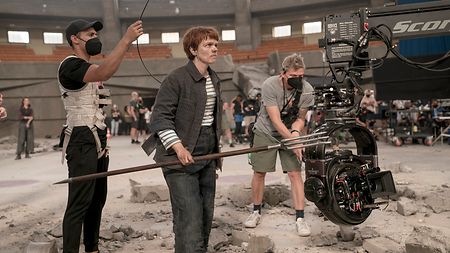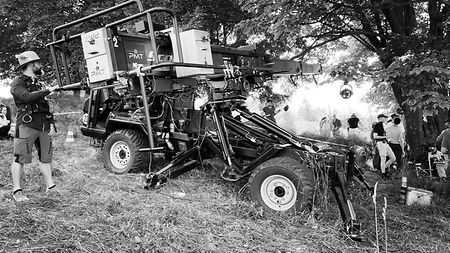Set 64 years before the original “Hunger Games” film, “The Ballad of Songbirds & Snakes” re-teams director Francis Lawrence and cinematographer Jo Willems ASC, SBC, who have collaborated on all but the first of the series. Having worked with a variety of acquisition formats on the previous movies, including Super 35 film, IMAX, Super 35 digital, and anamorphic, Willems opted to shoot this latest installment in large format with the ALEXA Mini LF combined with spherical Signature Prime and Signature Zoom lenses. The production was serviced by ARRI Rental Berlin with camera and lighting gear, as well as a grip package that included the exclusive HEXATRON off-road crane vehicle.
You’ve done several “Hunger Games” films with director Francis Lawrence. How has your visual approach developed over the series?
Our first was “Catching Fire,” the second in the series, which we shot on 35 mm and IMAX film cameras, using spherical and anamorphic lenses. It mostly had a grounded, naturalistic style of lighting, with the districts having more of a period feel. We shot a lot of handheld and Steadicam, working at focal lengths between 35 mm and 50 mm. Then for the two “Mockingjay” films the ARRI ALEXA had become available, so we moved to digital and shot anamorphic, chasing a slightly grittier and more desaturated look, but still naturalistic.

